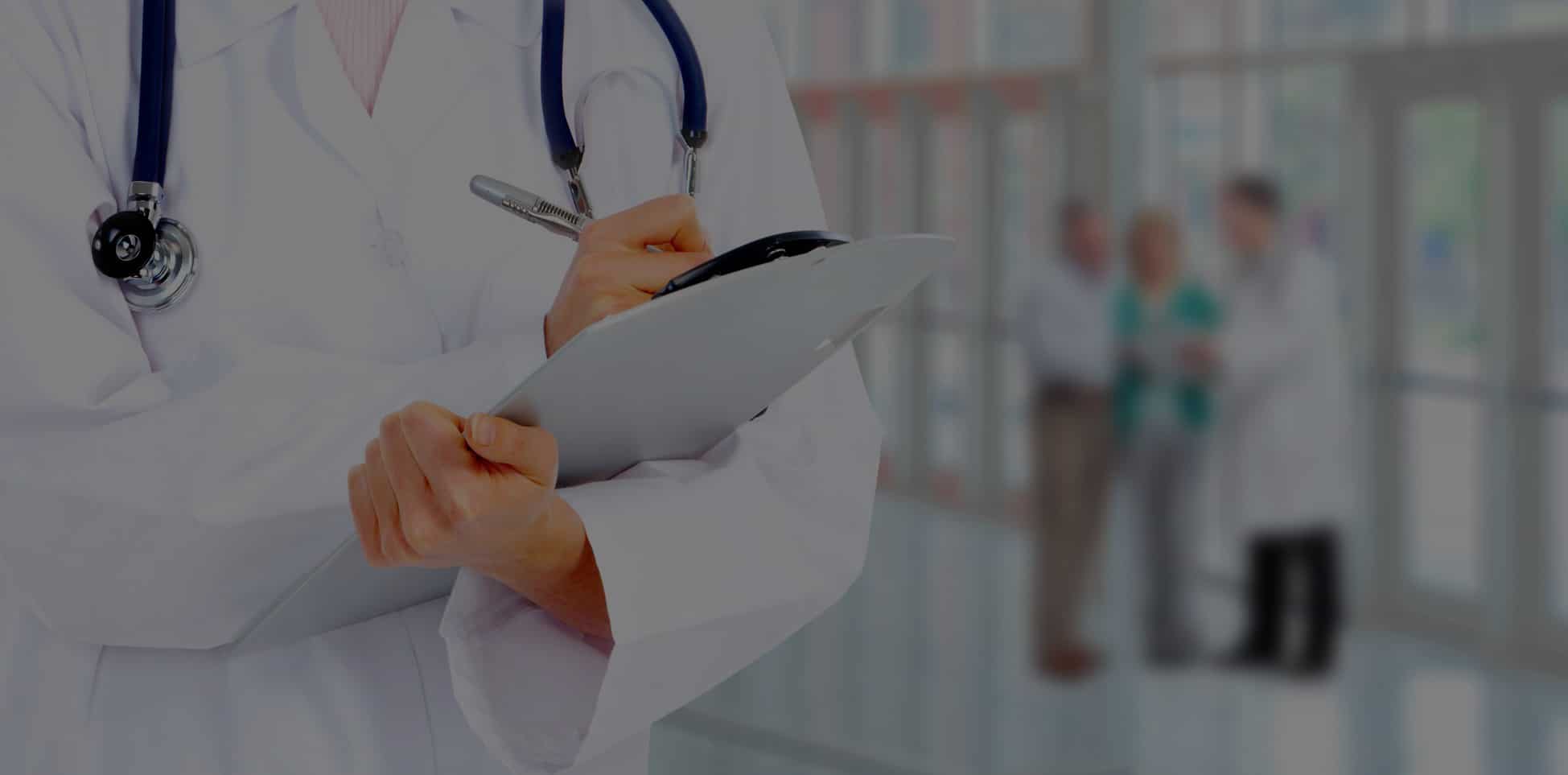In telehealth, traditional medical answering services have long handled tasks like appointment scheduling, prescription refills, and patient inquiries, providing vital support for healthcare organizations outside regular hours. However, they often encounter bottlenecks within clinician workflow, impacting efficiency and costs. As “the US healthcare system faces several challenges including caring for an increasing elderly population, a large number of patients with multiple chronic conditions, and an uneven distribution of primary care providers across the country,” a next-generation solution is needed (HSRD). Fortunately, thanks to advancements in next-generation medical answering services and workflow automation software, Automated Voice Assistants (AVAs) can successfully address these issues.
Introducing Next-Gen Workflow Automation Software: Automated Voice Assistants
Automated Voice Assistants (AVAs) are technology solutions that handle high incoming patient call volumes, reduce wait times through automated triaging, and swiftly respond to requests using natural language processing (NLP). To bridge the gap between AI and automation, health organizations have turned to intelligent automation to include the crucial aspects of both. AVAs streamline common bottlenecks in healthcare clinics like the ‘chase process’ by automating callbacks and prioritizing tasks. This helps meet patient needs without multiple follow-up calls. By optimizing workflow automation software within medical answering service operations, AVAs lower costs associated with prolonged calls and extra staffing needs.
Today, with AVAs’ help, workflow automation software has become crucial to automating medical answering services. Healthcare automation comprises technology solutions that help boost communication, efficiency, and provider productivity. It allows clinicians more time to provide critical care, lowering care costs and ultimately creating a better experience for everyone involved. Workflow automation software includes many responsibilities, including appointment scheduling, patient registration, medical billing, medication management, and properly integrating EHRs across healthcare systems.
These next-generation services are crucial in enhancing medical answering services’ effectiveness and operational efficiency while reducing healthcare organizations’ expenses.
Next-Gen Responses for Medical Answering Services Scenarios
Next-generation, intelligent medical answering services, powered by AVAs and workflow automation, offer numerous benefits across various patient scenarios:
Patients with urgent clinical needs:
Suppose a patient is experiencing an urgent clinical need, such as a sudden worsening of flu-like symptoms. When the patient calls the medical answering service, they may select the option for a time-sensitive need and then describe new flu symptoms. AVA can route the call directly to a nurse, if available, or transcribe the message and send it to the next available person who can help.
Workflow automation software ensures the call is escalated, with relevant information documented and transmitted to healthcare providers. By expediting the response to urgent clinical needs, next-generation medical answering services enable immediate connections between patients and providers, lowering wait times and improving outcomes. Automated follow-ups ensure the right staff handles the issue at the right time without getting lost.
Patients with urgent non-clinical needs:
Some patients have urgent non-clinical needs. For instance, a patient may need their records sent to a specialist they are seeing for a consultation the next day. They would call for assistance in speeding up this request in such cases.
AVA could efficiently handle this by gathering the necessary details from the patient, such as their name, date of birth, and the recipient’s contact information. Workflow automation software would ensure the request is correctly routed to the appropriate staff member or department responsible for medical record retrieval and disbursement. This streamlined process would help meet the patient’s urgent non-clinical need in a timely and efficient manner, enhancing their overall experience with the healthcare provider. The patient request can also be transcribed and forwarded to a staff member who can respond promptly via text, email, or phone.
Patients with non-urgent clinical and non-clinical needs:
Regarding non-urgent clinical and non-clinical needs, patients can leave detailed messages for AVA to transcribe and route for follow-up, such as appointment changes and medication refills, which are automatically forwarded to the correct staff. Instead, this is a routine administrative task that can be handled efficiently by the medical answering service through automated systems or by routing the request to the appropriate staff member for processing.
This process ensures that patient requests are efficiently managed and addressed during business hours when staff resources are available. The secure routing also helps maintain patient confidentiality and data security, with healthcare compliance regulations such as HIPAA. Overall, this approach optimizes handling non-urgent patient needs, improving efficiency and enhancing the patient experience.
Benefits of TeleMed’s Next-Gen Medical Answering & Workflow Automation Software:
- Lower Cost Per Call: By reducing the number of live medical agents who answer calls, automating administrative tasks, and triaging calls efficiently, next-gen medical answering services can handle many calls while reducing cost per call.
- Shorter Wait & Handle Times: AVAs streamline call routing and processing, ensuring patients receive quick, correct assistance, improving satisfaction and outcomes.
- Fewer Errors: Automated systems reduce the likelihood of human errors during call handling and data entry, preventing incorrect escalations, misunderstandings, delays, and other potential errors.
- Reduce Readmissions & ED Visits: Next-gen medical answering services with faster answer and call handling times mean patients wait less, preventing complications. Less wait time also means less time to panic, leading to fewer readmissions and ED visits.
TeleMed’s Next-Gen Medical Answering Enhances Patient Care with Workflow Automation Software
Whether you are a small to medium physician group, a large hospital, a busy medical clinic, a community health center, or more, TeleMed has the tools, experience, and expertise to deploy and integrate an intelligent medical answering service or medical call center solution that exceeds expectations. Our workflow automation software and medical answering services work with your practice to define proper calls. We ensure that your patients are cared for as we collect the correct information to progress their health journey while relieving your staff. Our highly skilled operators are located throughout the United States and are ready to assist your practice day and night. Don’t wait until the phones can’t stop ringing–choose TeleMed today!
